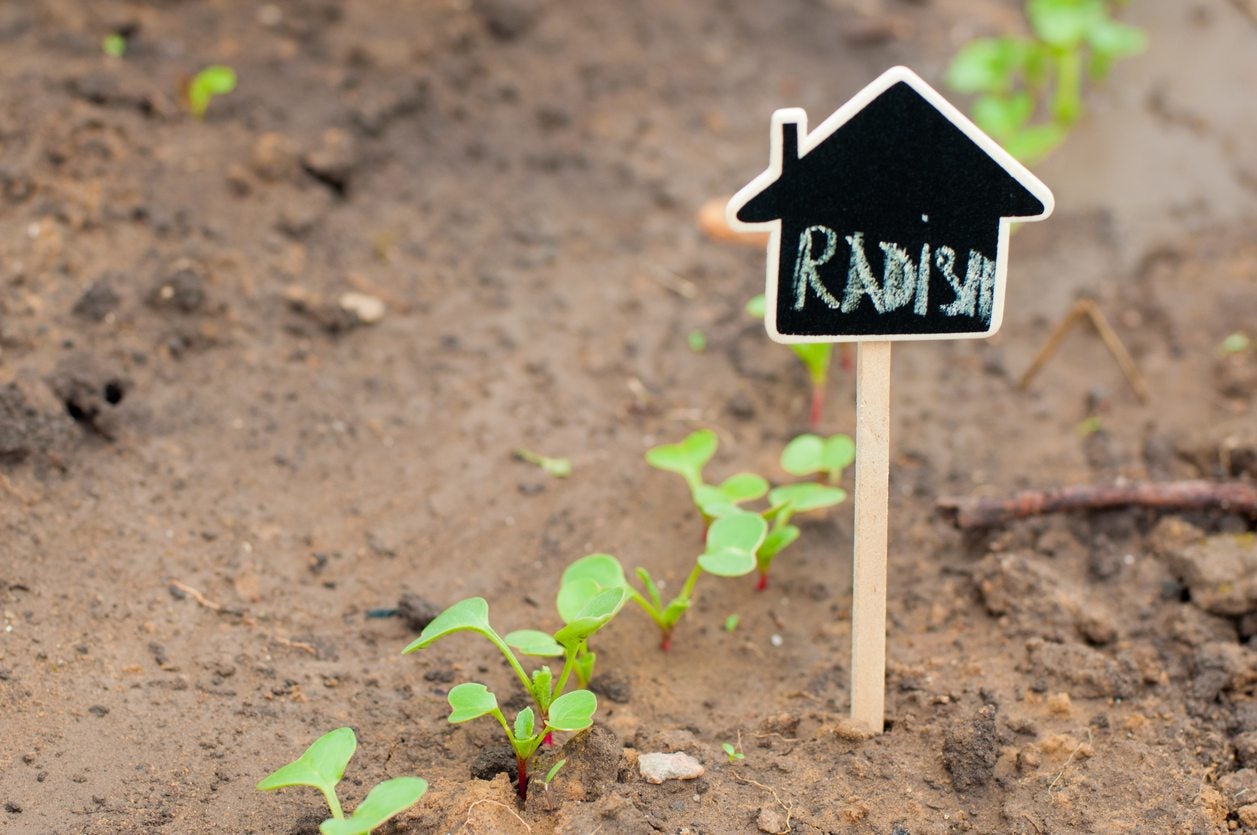Zone 6 Planting: Tips On Starting Seeds For Zone 6 Gardens

The dead of winter is a great time to plan the garden. First, you need to know which USDA zone you live in and the last possible frost date for your area. For example, folks who live in USDA zone 6 have a frost-free date range of March 30th to April 30th. This means that depending upon the crop, some seeds may be jump-started indoors while others may be suited to direct sowing outside. In the following article, we discuss zone 6 seed starting outdoors as well as starting seeds indoors in zone 6.
When to Start Seeds in Zone 6
As mentioned, zone 6 has a frost-free date range of March 30th to April 30th with a more definitive first freeze-free date of May 15th and a last freeze-free date of October 15th. These dates are intended to be a guideline. Different areas of zone 6 may vary by as much as two weeks depending upon the microclimate, but the above dates will give you a gist of when to start seeds in zone 6.
Starting Seeds for Zone 6
Now that you know the frost-free range for your zone, it’s time to sort seed packs to decide whether they should be started indoors or out. The direct sow pile will likely include most vegetables such as:
Most annual flowers will also go in the direct sow pile. Those that should be started indoors will include most perennial flowers and any vegetable you want a jump start on such as tomatoes or peppers.
Once you have the two piles, one for indoor sowing and one for outside, begin to read the information on the back of the seed packets. Sometimes the information is scanty, but at the very least it should give you a gist of when to plant, such as “start six to eight weeks before the last frost date”.
Using the last frost-free date of May 15th, count back in one-week increments. Label the seed packets accordingly with the corresponding sowing date. If there is no information on the seed pack, a safe bet is to start the seeds inside six weeks prior to planting them outdoors.
You can then either bind like sowing dates together with rubber bands or if you are feeling particularly orderly, create a sowing schedule either on the computer or on paper.
Gardening tips, videos, info and more delivered right to your inbox!
Sign up for the Gardening Know How newsletter today and receive a free copy of our e-book "How to Grow Delicious Tomatoes".
Starting Seeds Indoors in Zone 6
Even though you have a sowing schedule, there are a couple of things to consider that might change things a bit. For instance, it depends on where you are going to start the seeds indoors. If the only place you have to start seeds is in a cool, under 70 degrees F. (21 C.) room, you will want to adjust accordingly and shift to plant a week or two earlier.
Also, if you plan on starting seeds in a greenhouse or a very warm room of the house, cut a week or so out of the starting schedule; otherwise, you may find yourself with humongous plants ready to be transplanted before warmer temps arrive.
Examples of seeds to start indoors 10 to 12 weeks prior to transplanting include leafy greens, hardier varieties of herbs, cool-season veggies, and plants in the onion family.
Crops that can be started eight to ten weeks prior to transplanting include many annual or perennial flowers, herbs, and half-hardy vegetables. Those that can be sowed in March or April for later transplant include tender, heat-loving vegetables, and herbs.
Zone 6 Seed Starting Outdoors
As with starting seeds indoors, some concessions may apply when planting seeds outdoors. For instance, if you are going to start the seeds in a cold frame or greenhouse or use row covers, seeds can be sown several weeks prior to the last frost date.
Consult the information on the back of the seed packet regarding when to plant. Count back from the last frost-free date and sow the seeds accordingly. You should also check with your local extension office for further information.

Amy Grant has been gardening for 30 years and writing for 15. A professional chef and caterer, Amy's area of expertise is culinary gardening.